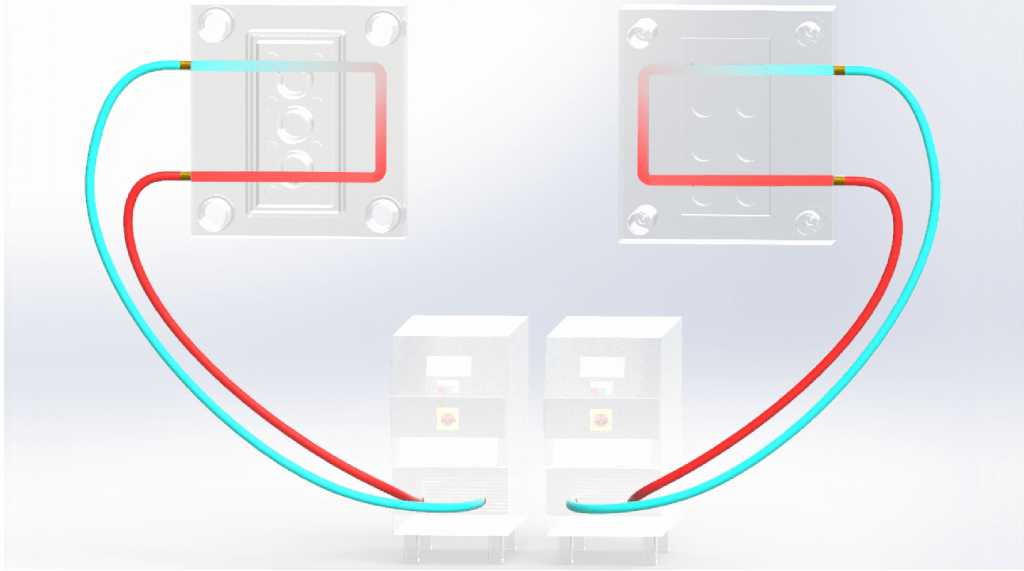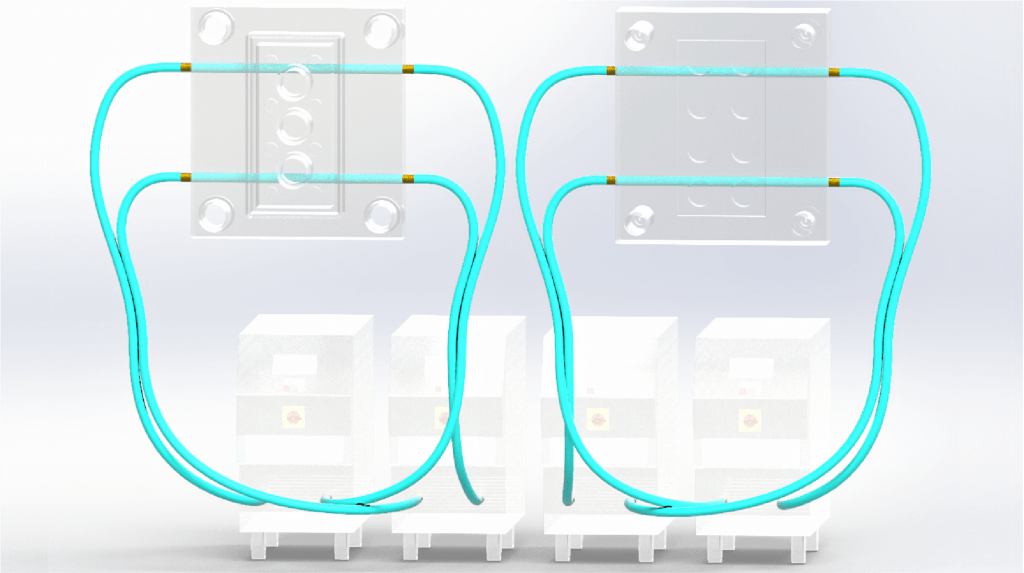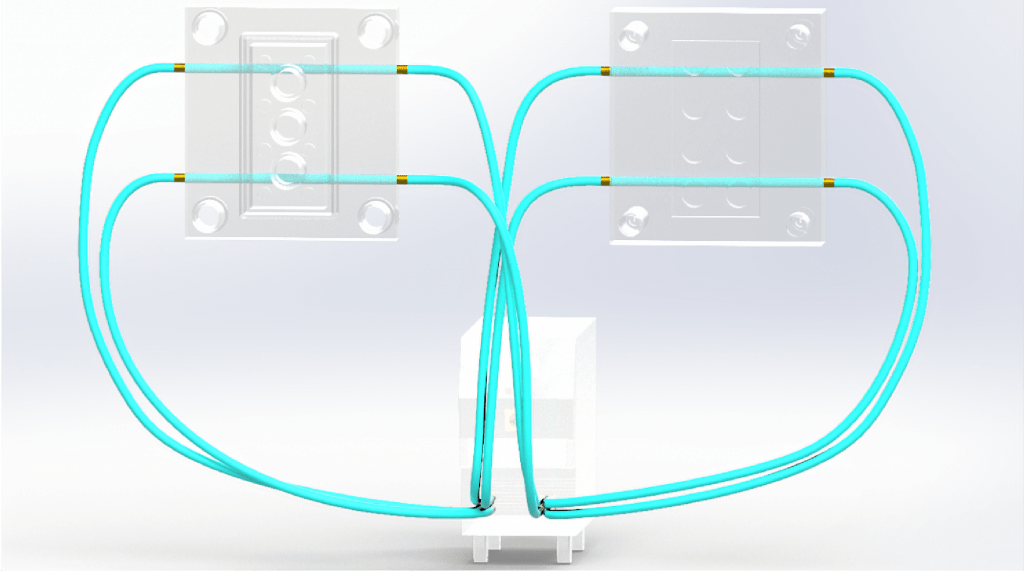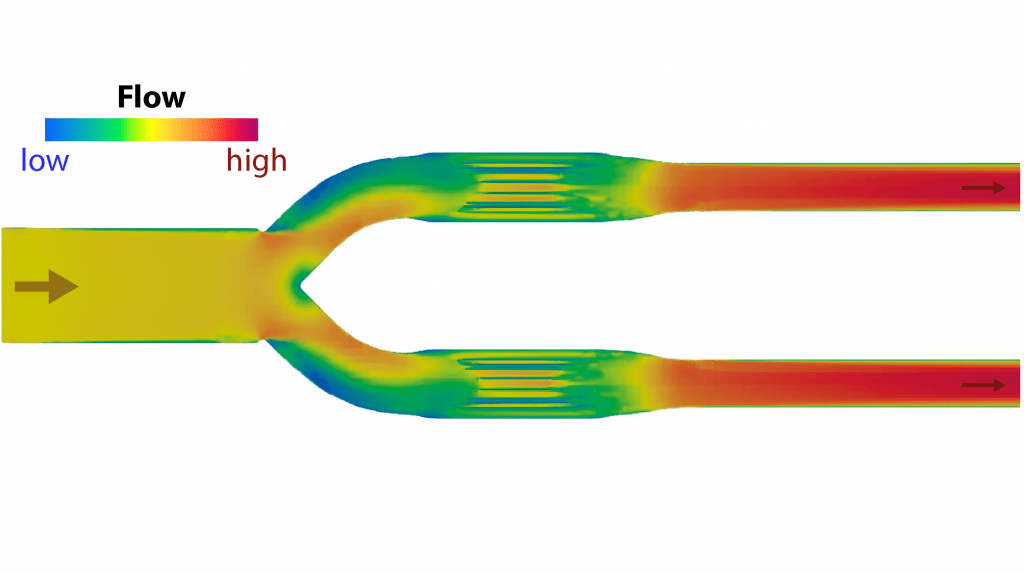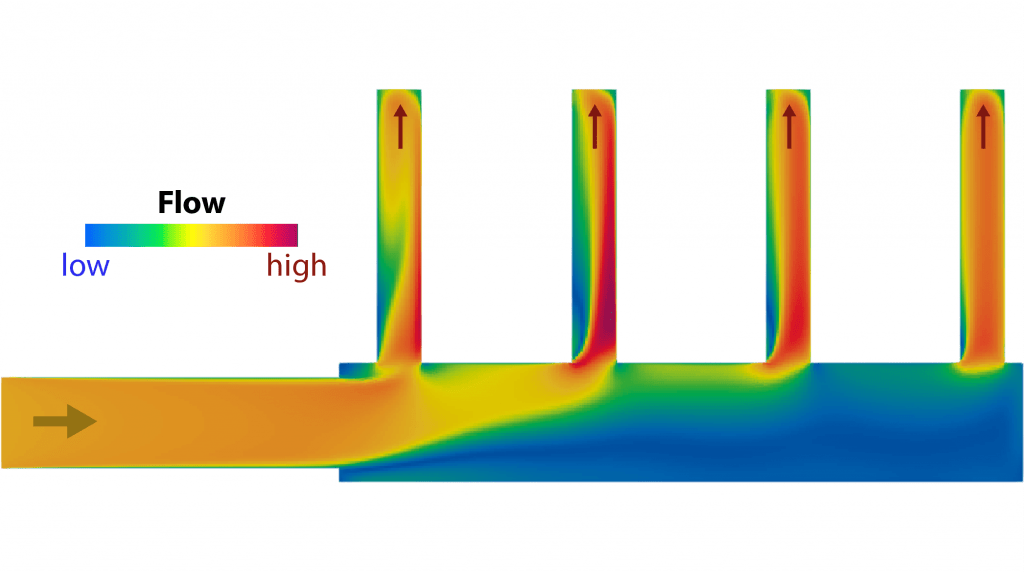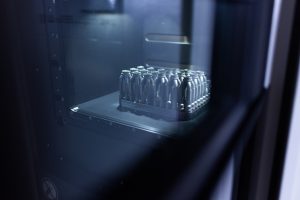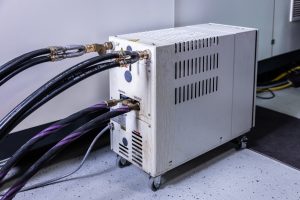Flow-optimizing temperature control distributors
In addition to contour-accurate temperature control, the length of the channels is also crucial for optimal production conditions. Shorter channels lead to optimal mold temperature. Our manifolds eliminate typical problems associated with conventional temperature control strips
Temperature difference between flow and return essential for stable process quality – over 3 °C critical
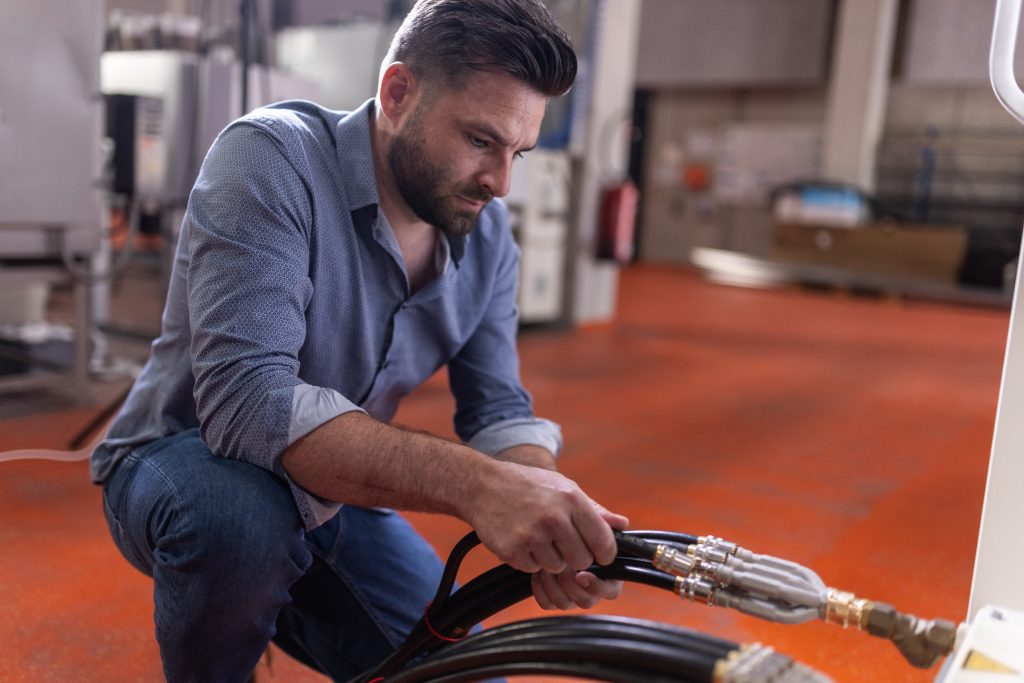
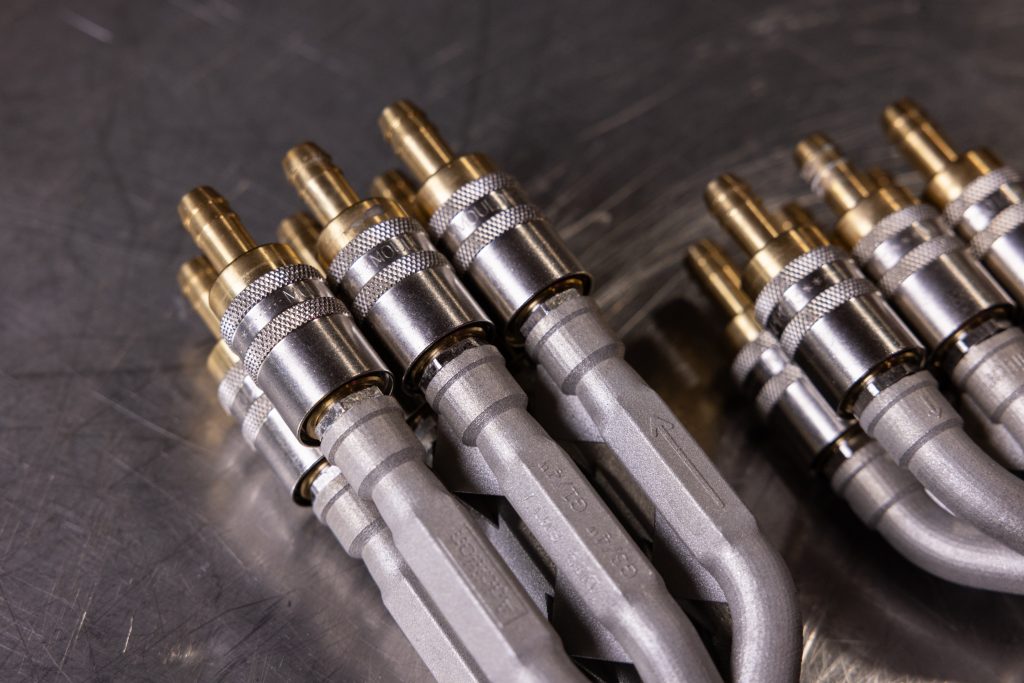
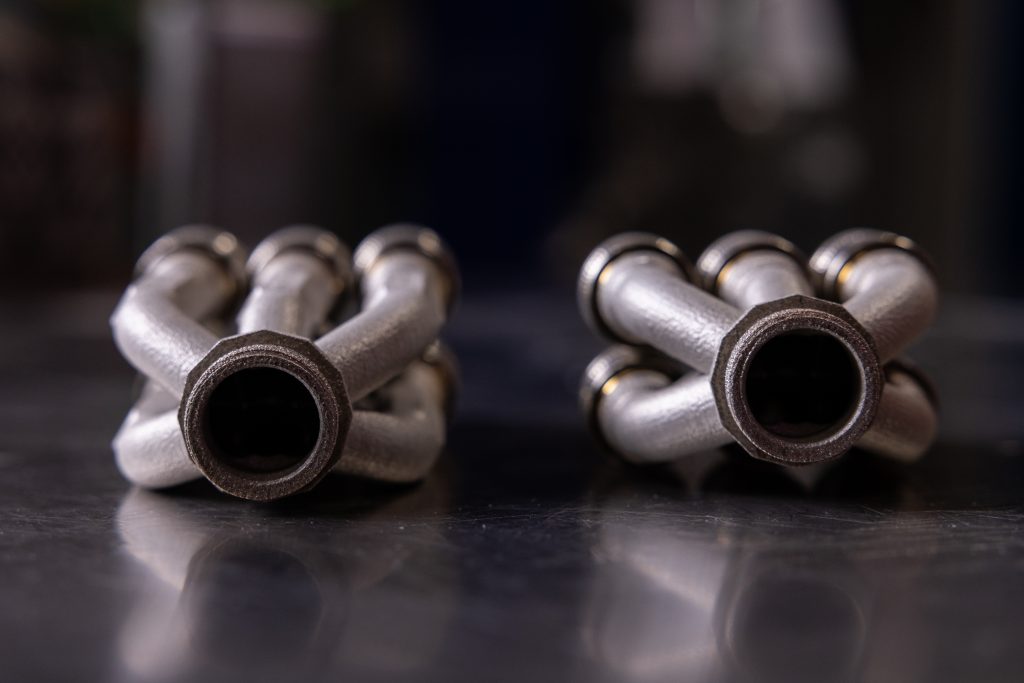
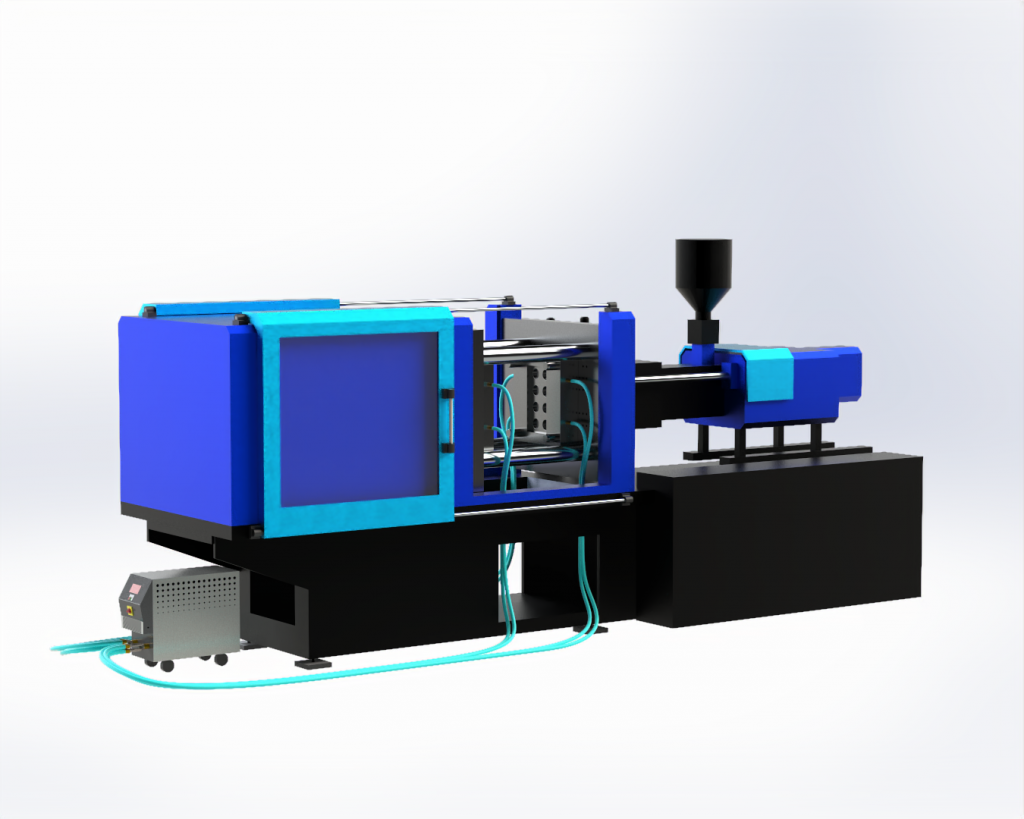
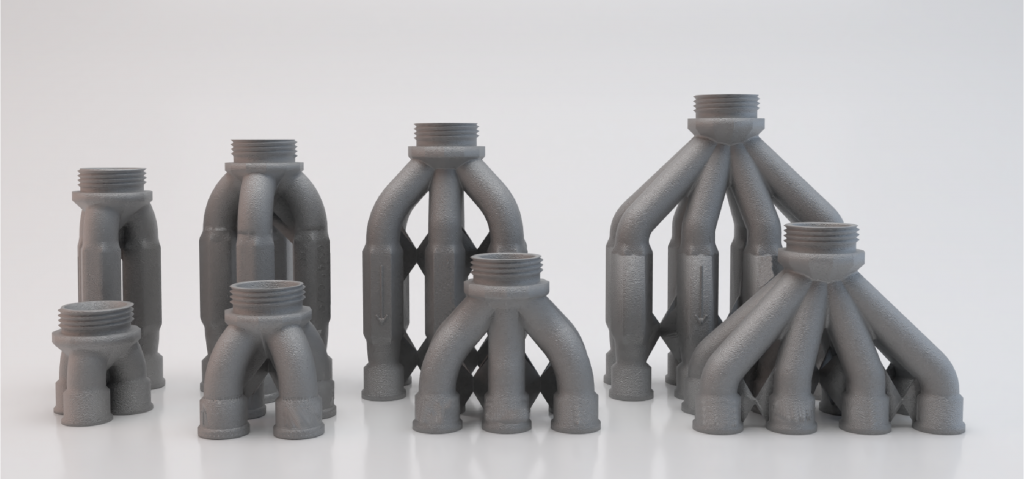
Flow-optimizing temperature control distributors
The temperature on the tool surface should be uniform throughout. However, multiple die inserts are often lined up to form a long channel. This causes the water or oil flowing through the entire tool to heat up, resulting in temperature differences. This leads to unstable manufacturing processes and an increased reject rate. With our flow-optimizing distributors, several parallel cooling channels can be operated efficiently with just one temperature control unit. This creates many short channels that ensure uniform temperature distribution. Unlike conventional distributors, the channels do not influence each other
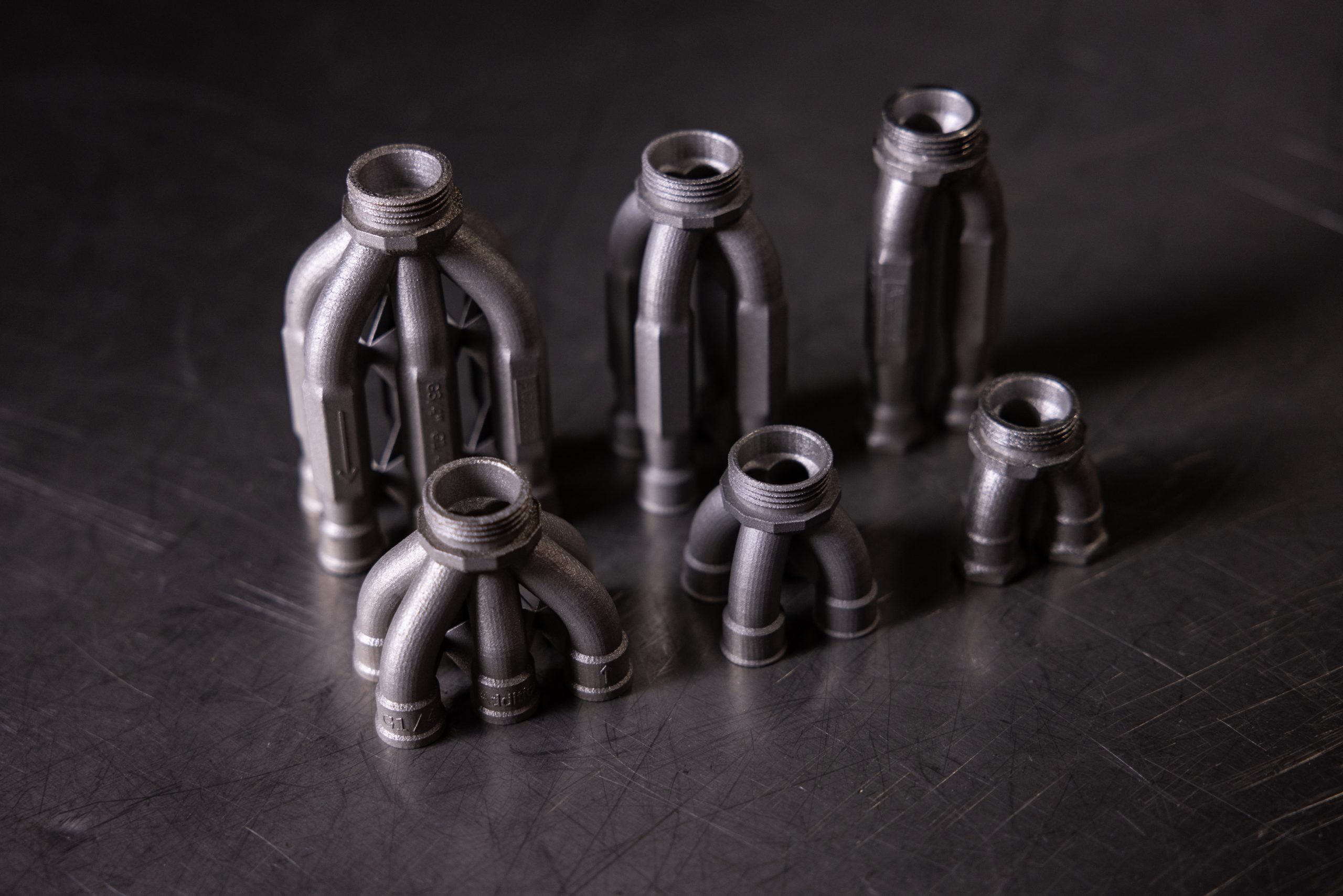
All thread and hose sizes possible
Exemplary threads (G3/4, G1/4, G3/8) and hoses (DN6, DN9, DN13, DN17)
Talk to our experts


